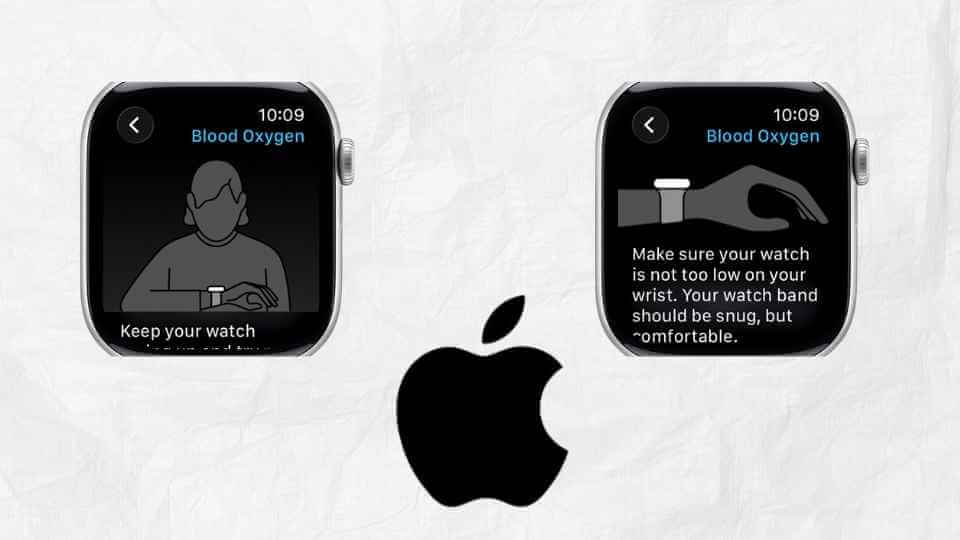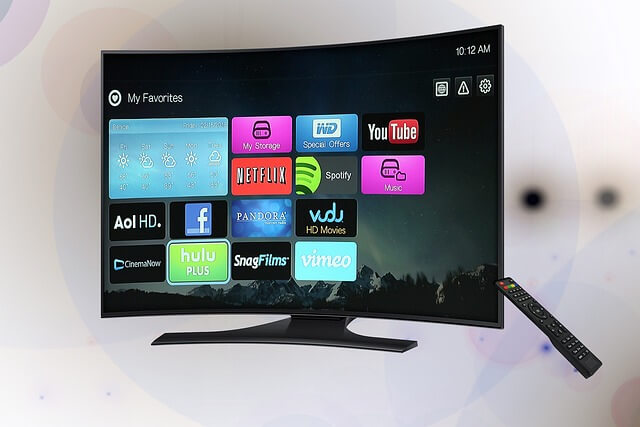Blood oxygen monitoring feature is finally being reinstated to Apple Watch users in the US, some months after the company discontinued it on the device owing to a patent dispute. The feature will not, however, be the same as this time round, there is a prerequisite.
What is the reason the blood oxygen feature Removed?
In 2023, Apple was compelled to disable the blood oxygen feature on Apple Watch Series 9 and Apple Watch Ultra 2 that are sold in the United States.
The reason? A legal battle with medical technology company, Masimo.
Masimo brought charges in connection with the claims that Apple infringed its pulse oximetry patents, technology for measuring the blood oxygen level.
After the decision was made, the Apple company did not stop selling its smartwatches but had to ship them without SpO₂ enabled in the US market.
This created a great setback to the followers of fitness and users who enjoy the health-watching features.
Apple Workaround: Blood Oxygen Is Back with Limited Access
Apple has currently reintroduced the blood oxygen tool on its smartwatches in the US, but with limitations.
The feature no longer offers detailed SpO2 readings as it previously did.
Rather, it will display simplified version of the data to the users only.
Apple has clarified that the move will prevent an additional infringement of patents.
Thus, even though the Apple Watch will again display blood oxygen data, it will not be as accurate and valuable to medicine as the previous one.
The Reason Why Blood Oxygen Tracking Is Important
Probably one of the most significant additions to Apple Watch this year is the blood oxygen feature, which has already increased in importance since its launch in 2020. It allows users to:
Temporarily observe oxygen saturation levels during workout.
Follow up on sleep quality and potential breathing problems.
Identify respiratory conditions at the initial stages.
As the limited version is in place, many users would now think that Apple Watch health capabilities does not have as sophisticated as they say.
What does this mean to users of Apple Watch?
The US will present a diminished version of the blood oxygen app, which will be installed automatically for new buyers.
The restricted feature can be enabled on an update to existing users of Series 9 and Ultra 2 watches.
The operation of full-featured SpO2 monitoring remains available in other countries, given that the patent decision is only applicable to Poland.
This implies that they will be able to use the original blood oxygen feature by the Apple Watch device available in India, Europe, and other countries without limitation.
The Bigger Picture: The Future of Apple
Apple has not given up yet. According to reports:
The firm is focused on alternative technologies to restore full usage of SpO2 functionality without violating the patent by Masimo.
The US courts can also have Apple appeal the ruling.
Other analysts opine that there is a possibility in the future that the Apple Watch models will come with redesigned sensors, avoiding the patent constraints.
Hopefully in the future, with the success of Apple, the blood oxygen app will be reintroduced in full form to the US clientele.
Full SpO2 Monitoring is still entered by competitors
Whereas Apple is faced with legal challenges, other brands of smartwatches, such as Samsung, Garmin, Fitbit, and Amazfit, are still able to encourage the unrestricted blood oxygen monitoring.
This provides them with a competitive advantage in the wearable health market, particularly to the US-based fitness-conscious buyers.
Standards such as a re-established blood oxygen features on Apple Watch are comforting to users, yet the limitations are such that the previous reaction is not the same experience as before.
It is evident that Apple is attempting to strike a balance between user demand and legal compliance, and unless the dispute between Apple and Masimo is solved there, then the feature will be restricted in the US.
International Apple Watch users can still use the full functionality, however, in America, it is a watered-down version that domestic customers will have to take.


